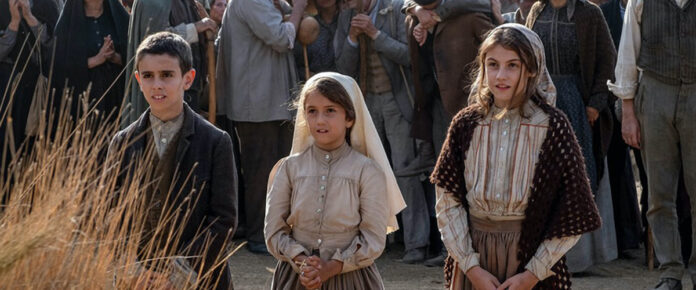Artnewspress : In 1917, in the Portuguese town of Fátima, three small children were visited by an apparition of the Virgin Mary. She urged them to pray, to dedicate themselves to the rosary, and in so doing they could bring about an end to the war then ravaging Europe. The children, Lúcia dos Santos and her cousins Francisco and Jacinta Marto, told their parents in descriptions vivid and specific: the vision was “brighter than the sun,” a dazzling figure shedding “rays of light”. As word got around, pilgrims flocked to Fátima. (Fátima is still a regular pilgrimage destination.) The two younger children died in the flu epidemic of 1918, but Lucia lived to the age of 97, dying in 2005. She became a nun and published multiple memoirs, the main one being Memórias da Irmã Lúcia. Marco Pontecorvo’s “Fátima” tells the story of these children and the upheaval in their lives—and their family’s lives—due to the children’s refusal to retract their story, even when put under enormous pressure from civil and religious authorities. “Fatima” is told simply but emotionally, prioritizing the sensorial reality of the children’s world and the people inhabiting it. This devotion to the “real” makes the holy vision palpable and plausible.
























